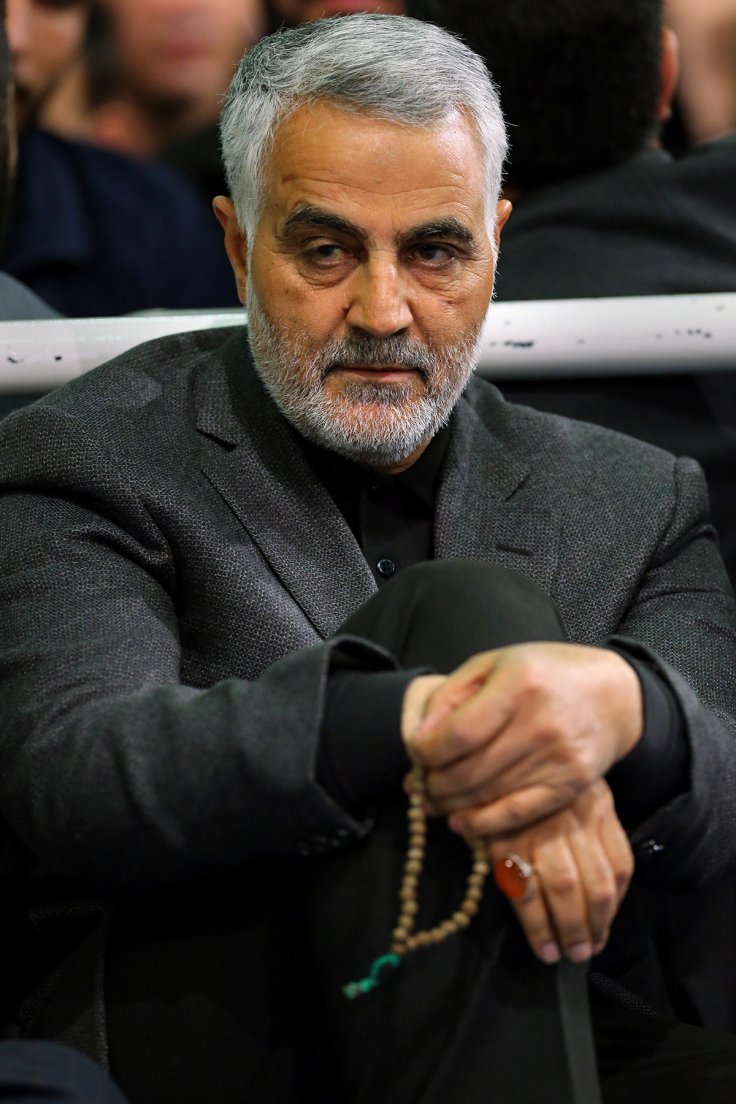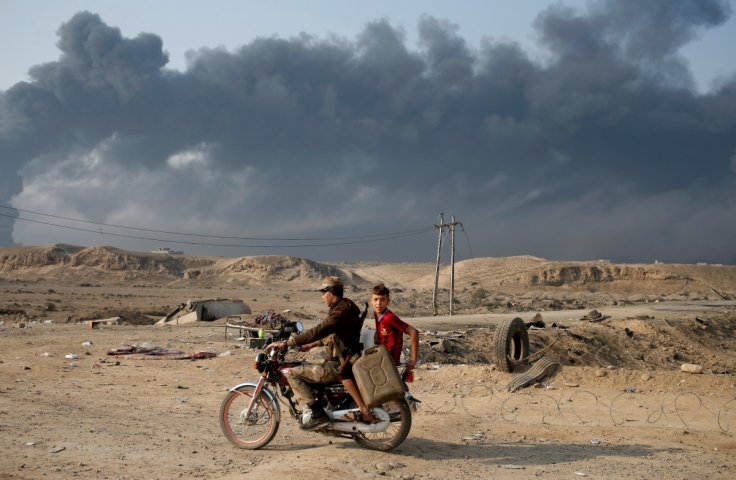Iran's Qasem Soleimani Is Guiding Iraqi Forces in Fight Against ISIS. This was an NBC News headline in March 2015 when the battle for Tirkit was in full swing. Soleimani, who was killed at Baghdad airport in a drone attack on Friday, was effectively the last line of defence against the brutal terror outfit Islamic State in Iraq and Syria (Isis).
The US might have settled scores with Iran after the Baghdad embassy attack by killing him, but in his death the region has lost a major bulwark against the most dreaded terror organisation the world has probably ever seen. In many western media accounts through the mid-years of the last decade, Soleimani had come across as an unlikely but effective ally of the West in the fight against the Isis.

The US, however, had always seen him as its bete noir as he was thought to have marshalled global support for foes like Hezbollah, the Islamic Jehad and the Houthis. One western analyst had even said in 2015 that taking the help of Soleimani in the fight against Isis was suicidal as his hands are awash with US blood.
"As Iraqi forces attempt to root ISIS out of Saddam Hussein's hometown of Tikrit, a general known for his military might and political prowess has stepped out of the shadows to shepherd the fight," NBC wrote about Soleimani.
Months before this, Britain's Guardian newspaper had heralded the emergence of Soleimani as the leader of the pushback against the Isis. 'Qassem Suleimani: can this man bring about the downfall of Isis?' -- This was the title of an article the paper carried in December 2014.
June 2014 was the catastrophic month for Iraq as its cities fell one after the other to the marauding forces of the Sunni Islamist terror outfit Isis. Soleimani emerged as an unlikely hero when cities like Mosul, Tikrit and Kirkuk fell in a span of 48 hours starting 10 June.

"Within hours of Isis taking Mosul, Suleimani had arrived in Baghdad ... From there he has co-ordinated the defence of Baghdad, mobilised Shia militias and rallied his numerous proxies throughout the national legislature," the Guardian article says.
The retaking of Tikrit in 2015 marked the beginning of the decline of the power of Isis in the region. The mammoth operation to oust Isis from Saddam Hussein's birth place was marshalled by none other than Soleimani.
The Los Angeles Times reported that Soleimani was the architect of the resistance against the Isis in the Iraqi city of Amirli. The paper said Amerli was the first town to successfully withstand an Isis invasion and that the Quds Force operatives under Soleimani's command led the fight here.
Persuading Putin to intervene in Syria
Soleimani was also instrumental in harnessing Russian support for Bashar al Assad in his fight against the rebels, mainly the Isis. He visited Moscow and convinced the Russians to join forces with Assad to quell the Isis challenge. One of the anecdotes of the time was that Vladimir Putin set a condition before supreme leader Ayatollah Khamenei if he wanted Russian intervention in Syria. "Okay we will intervene. Send Qassem Soleimani [to Moscow]" Putin reportedly said.
Overall, it's true that Soleimani was driven by the commitment to the regional interests of Iran. He carried out the supreme leader's command to safeguard Shiite interests in the region stretching from Bahrain to Syria and from Iraq to Lebanon. The rise of Isis, the Sunni Islamist terror oufit, was a big threat to Iran and the Shiites in the region. The world was stunned when Abu Bakr al-Baghdadi's terror machine controlled vast swathes of land in Iraq and Syria in the early years of the decade and unleashed bone-chilling crimes against humanity. Major world and regional powers took a stand against the Isis but perhaps Soleimani's was perhaps the most effective sword against Isis, the century's scourge.

Ryan Crocker, former US ambassador to Iraq, threw light on the ideological side of Soleimani when he wrote: "He attends mosque periodically. Religion doesn't drive him. Nationalism drives him, and the love of the fight."
Who was General Qasem Soleimani?
- General Soleimani headed the Quds Force of the Iranian Revolutionary Guards Corpse (IRGC). The Quds Force is the powerful external operations wing of the IRGC. Soleimani has been at the helm of the Quds Force since 1998.
- The 62-year-old commander wielded immense influence within the country as well as the region. He reported directly to the Supreme Leader, and has been the second most powerful person in Iran for a long time.
- He was 22 years old when the Shah of Iran was deposed in 1979 and Ayatollah Khomeini take power. Soleimani, who grew up listening to the fiery sermons of a protege of Khamenei in the run-up to the Islamic revolution, soon joined the elite Revolutionary Guards.
- He burnished his military credentials during the Iran-Iraq war of the 1980s, which broke out immediately after the revolution. Soleimani rose through the ranks in the IRGC, earning stripes for bravery and military acumen.
- Soleimani became the chief of the Quds Force way back in 1998. His clout and power saw a marked upward shift since the US occupation of Iraq in 2001.
- Another watershed event that catapulted him to folk here status in Iran was the 2006 Israel-Hezbollah war. Soleimani was in Lebanon, spearheading the Hezbollah shelling of Israel that revealed the chinks in Tel Aviv's armor.
- Soleimani's stature rose further when he became the kingpin in Iraqi politics in recent years. He made sure that the Shiites had the upper hand in Iraqi politics, and has been spending considerable amount of time in Iraq in the post-Saddam era.
- His popularity in Iran was immense, and his Instagram account was one of the most widely followed in the country.
- "To Middle Eastern Shiites, he is James Bond, Erwin Rommel and Lady Gaga rolled into one," former CIA analyst Kenneth Pollack wrote for the Time, as per the Agence France-Presse.
- Soleimani's name had frequently come up as a possible presidential candidate in Iran, though he never openly talked about political ambitions. A 2018 survey by IranPoll and the University of Maryland showed that Soleimani was more popular in Iran than President Hassan Rouhani and Foreign Minister Mohammad Javad Zarif.
- However, the US and allies saw him as the key figure in fostering Iran's relations with militia groups including Lebanon's Hezbollah and Palestinian Hamas. Last week's attack on the US embassy in Baghdad was seen as a handiwork of the militias directly controlled by Soleimani.









